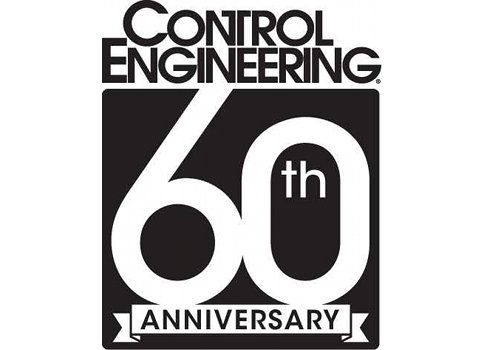Happy 60th, Control Engineering! Help us celebrate by looking at issues from 60, 30, and 15 years ago. Control Engineering magazine first published in September 1954. This monthly column in 2014 will review coverage in issues 60 (or 59), 30, and 15 years ago. While technologies have progressed since then, topics below (ticket printers, automation engineers, and search engines) remain relevant today.

March 1955: Ticket printer consolidates three loading records
A consolidated printer developed by Great Lakes Pipe Line Company records the delivered volumes of any three products assigned to a loading rack. By printing the three records simultaneously on a single bill of lading, it has accelerated the loading of petroleum products into motor transports. Formerly, loading operations were geared to the output of a single meter because the bill of lading could not be moved from one meter printer to another while product was flowing.
Because the printer was not commercially available, instrument designers in the pipe line company’s laboratory designed and built it themselves. The ticket printer consists of electronic counters coupled with an electromechanical printing mechanism that prints out the numbers displayed on the counters. The counters are reset to zero automatically when the next bill of lading is inserted. Automatically positioned between cycles to receive the starting and final prints, it is released after the final print. The machine retains a record of all prints for permanent filing.
March 1984: Editorial: Automation is an engineering job
In a previous issue, we warned that the real problems in accomplishing true factory or plant-wide automation will turn out to be the threats it appears to pose for people and even management structures within the plants concerned.
In a more sophisticated guise, factory or plant automation is often further identified with concepts like CAD/CAM and MRP, which are data-processing fuzzwords used to convey the impression that everything needed to automate the plant is already well-in-hand in the EDP department. The truth of the matter is that neither of these computernik-flaunted “automation techniques” will be useable without engineering adaptation in plant-wide automation systems.
The thing to understand clearly about computers for automation is that they generally will have to process and operate on “real-time” data gathered from on-process or on-machine sensors or controllers at the moment of processing. The details are complex, but our message is simple: Automation is an engineering job, not a business data processing job.
March 1999: How search engines organize the web
If you’ve ever used a search engine for research on the web, you know that the lengths of the lists of matching websites returned after entering a search can vary dramatically based on the search, and the search engine used.
Why such a difference between the sites? Search engines do not search the entire World Wide Web. Most search engines use robots to go out onto the Internet and collect the URLs and descriptions of as many websites as possible. They are not robots in the true sense of the word. Rather they are computer programs, sometimes called “spiders,” that are designed to automatically locate and index URLs into a database, which is what the search engine will actually search.
Since each different search engine has its own robot program to do its indexing, the presentation and amount of subject-relevant websites that search engines gather into their databases will obviously differ from search engine to search engine. That it not to say that any one search engine is better than any others. It all depends on how you prefer your information organized and presented to you.
– 2014 edits, to fit this page, by Jordan M. Schultz, associate content manager, CFE Media.
This month’s more from a 1955 page of Control Engineering is linked below.



